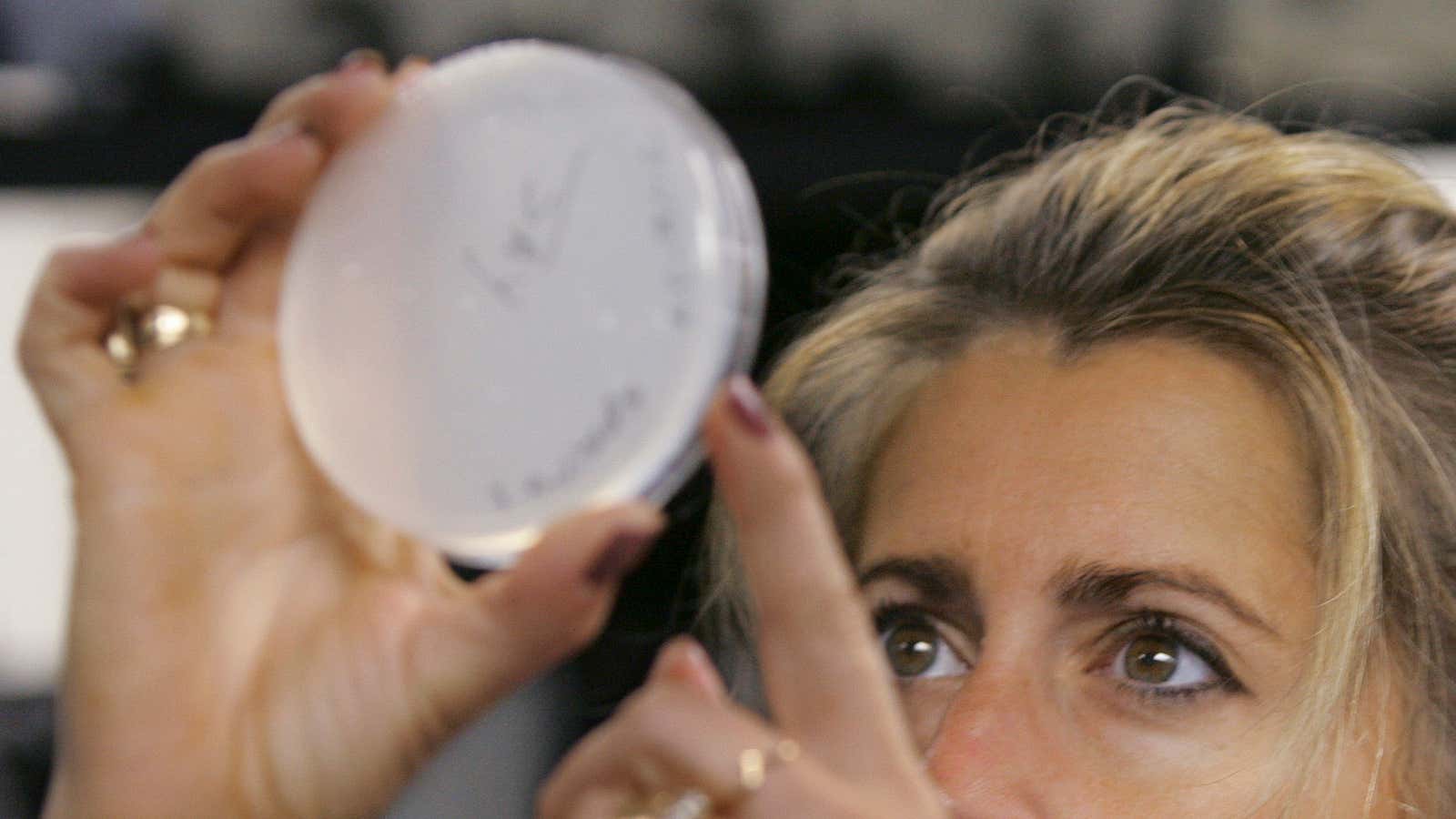Should a business invest in growth, or save money for the next economic crisis? In any given economic environment, is there one best strategy or is it ok to be doing something different than your competitors? And just how much power do business leaders have to predict the consequences of making one choice over another, especially as conditions change?
These are among the most basic questions of microeconomics, and their mathematical answers—production possibility frontiers and opportunity costs—can be difficult to grasp in the abstract. But for the first time ever, scientists have demonstrated that the same tradeoffs faced by small businesses are also faced by bacteria, which solve the challenge of scarce resources in a way that matches what economists have long predicted for small business owners.
The economics of life in a petri dish
These findings, just released in a paper by Ivana Gudelj of the University of Exeter and Tom Ferenci of the University of Sydney, are both a commentary on the dim view economists have of people (they’re just like bacteria) and an insight into the deeper connections between ecological systems and economics. But they also show that the strategy that works best in the face of particular challenges isn’t always the one you might expect.
The bacteria used by Ferenci are a type of E. coli that have undergone genetic manipulation in order to make them into a near-perfect system for evaluating the tradeoff between growth and stress management. At one extreme were bacteria that invested entirely in growth and reproduction, and not at all in coping with environmental stressors. At the other end of the spectrum, Ferenci’s lab created bacteria that invested mostly in stress management but grew and reproduced very slowly. They also created four strains of bacteria on a spectrum between these two extremes.
In hard times, a protective crouch isn’t always the answer
One might assume that growth at all costs only works when conditions are good. For bacteria, that means no stressors and plenty of food, while for a business it might mean economic boom times and a lock on a lucrative market. But Gudelj and Ferenci found that, when faced with two different types of stressors, either a high level of acid or salt, the bacteria that succeeded turned out to be of two very different types.
When bacteria were exposed to salt, those that shepherded their resources and invested in the biological processes that helped them deal with stressors, but also made them grow more slowly, fared best. Analogously, when times are tough some businesses focus on holding their market position and guaranteeing future success by simply surviving.
But when bacteria were exposed to acid, something unexpected happened: Those that invested almost nothing into managing stress, and instead favored growth at all costs, succeeded. Gudelj doesn’t yet know the actual mechanism behind this, but she suspects that it’s down to the particulars of the life cycle of the bacteria and it stressor.When taking this analogy to businesses, it appears there are certain types of difficulties for which being nimble and focusing on growth is a better strategy than facing difficulty by trying to manage it.
In all the cases that researchers examined, when forced to make a tradeoff, bacteria behaved just as would be expected in classical economic theory, experiencing the same levels of success that would be predicted by mathematical models of the opportunity costs they face.
Successful bacteria do things differently than their neighbors
Earlier research by Gudelj and collaborators in France answered a different question, which is whether or not a given set of conditions rewards a single strategy in terms of managing the tradeoffs between growth and handling stress. In that research, scientists examined the survival strategies being used by bacteria living on wounds in hospitals in France. To their surprise, they found a remarkable variability of tradeoff strategies in the bacteria living on these wounds, suggesting that the way that competing bacteria behave creates conditions that can favor different strategies by other bacteria, even if they’re all living in the same conditions. The idea that competition creates a variety of niches is inherent in evolutionary biology, but businesses often follow fads rather than differentiate, which suggests that the same insight has yet to trickle down to economics.
Predicting the future using insights from the past
The last question Gudelj and Ferenci sought to answer in their research was, given a set of environmental conditions, could they predict which kind of bacteria would win, and the precise nature of the tradeoffs they would make? The answer is yes, which may seem intuitive, but biological systems can be chaotic in ways that don’t always make such clear-cut predictions possible. And while Gudelj, who is after all a mathematician and biologist and not an economist, hesitates to derive specific prescriptions for businesses from her results in bacteria, she is confident that if economists applied the methods she and her team used to the questions of what businesses should invest in, they could develop their own usable and accurate predictions.
“Knowing the tradeoffs allowed us to know the outcome [in this system,] which means there is a usable predictive framework,” says Gudelj. Of course, for any one business to understand what strategy it should employ, it would need a detailed understanding of what their competitors are doing, and what mix of strategies has worked in its market under different economic conditions in the past. Or in other words, it needs to know its competitive set and have someone on board with a long enough memory. And that suggests that math isn’t going to replace the intuitions of seasoned leaders just yet.
